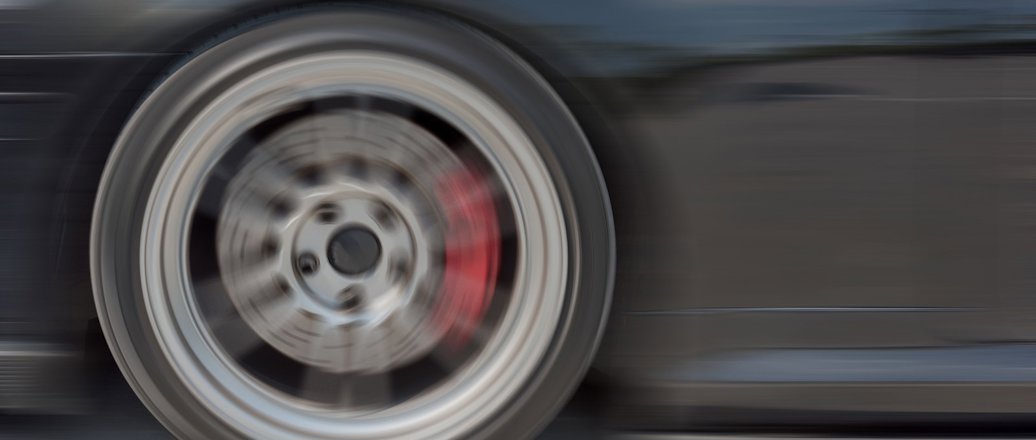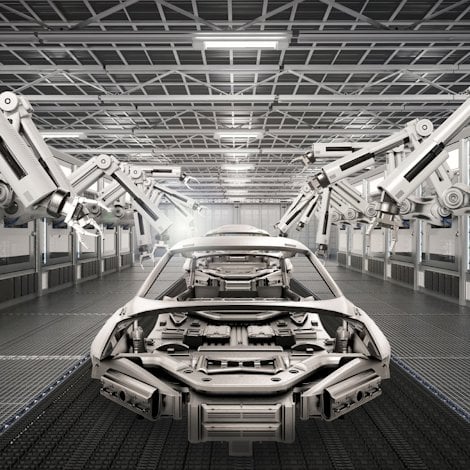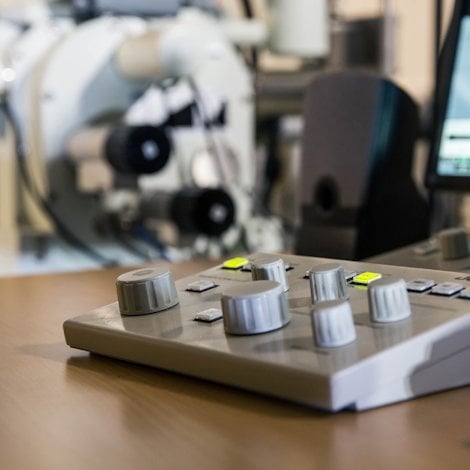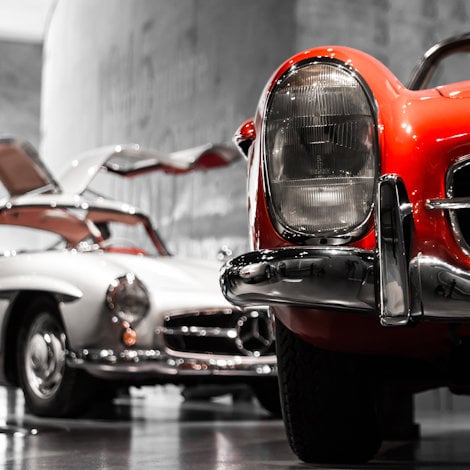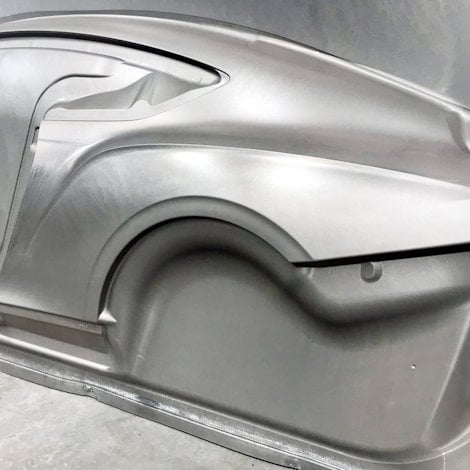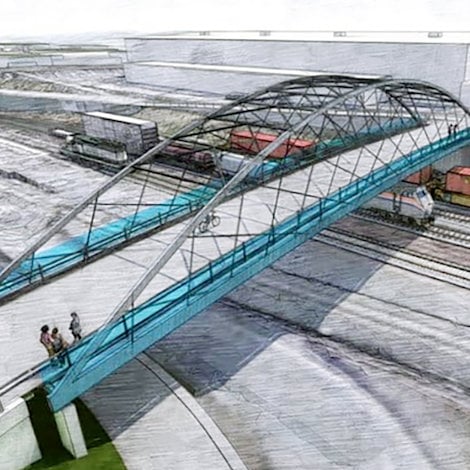Benefits of forged aluminium in automotive suspension parts
It is no easy task trying to obtain excellent mechanical properties in combination with advanced geometries for the automotive suspension or driveline component that you want. Forging could be the technology that saves you time and gives you the lightweight aluminium part you need.
Forged aluminium is ideal when your component requires both performance and safety, and light weight for energy efficiency. As a manufacturing process, forging is probably best suited for the production of components for automobiles, bicycles, motorcycles and aircraft.
Forging is a process where you basically heat and squeeze the metal until the parts are formed.
Closed-die hot forging is commonly used for forging of automotive suspension parts. You get geometrically complex parts with excellent mechanical properties and tight tolerances. It is competitive as a manufacturing process for light-weighting suspension parts for cars, for example. Let me explain.
New high quality material for forging aluminium
With aluminium forging, the surface quality of the ingot may become the surface of the finished product. As a result, this normally requires you to take additional process steps – scalping, extrusion or machining of the surface.
In my current job, my team and I have been working on a technology called low-pressure casting that removes the need to take those additional process steps. What we do is eliminate the friction that normally occurs on the ingot surface when the aluminium ingots – or, logs – are cast into forge stock. This leaves the surface of the ingots much smoother.
Even more important, the enrichment of particles on the surface of the metal, often referred to as the inverse segregation zone, is eliminated as compared to standard technology. With low-pressure casting, the surface is already high-quality, with low roughness and minimal segregation elements, even when advanced alloys are produced.

Aluminium forging competitive for automotive suspension parts
This technological step change, where you are removing the unnecessary steps I mentioned, and the costs associated with them, makes forging a competitive process for automotive suspension parts.
Why suspension parts? Several reasons. One is that suspension parts are generally dimensioned for dynamic fatigue loads. And any adverse surface quality will impact the fatigue lifetime of the suspension.
Another reason is that suspension parts forged from aluminium are the lowest-weight suspension parts in industrial scale use, and weight is particularly important in a vehicle’s unsprung mass.
Furthermore, they provide better vehicle response, since the inertia of the parts are reduced, and they lessen the noise from the chassis, which gives you a more comfortable ride. Lastly, by using aluminium, the reduced weight helps you save emissions.

